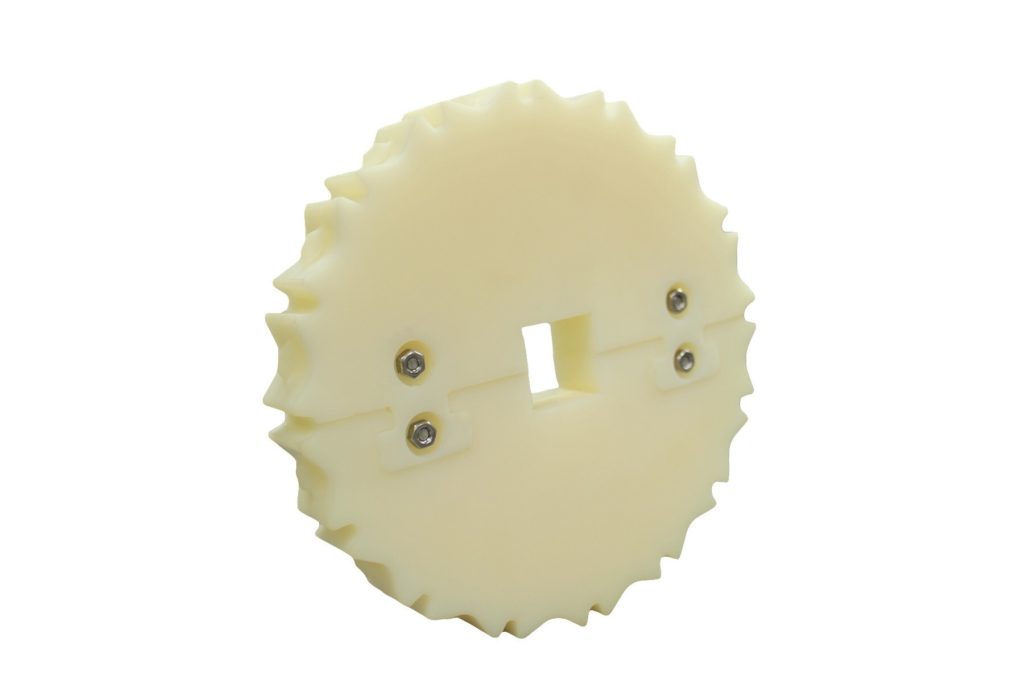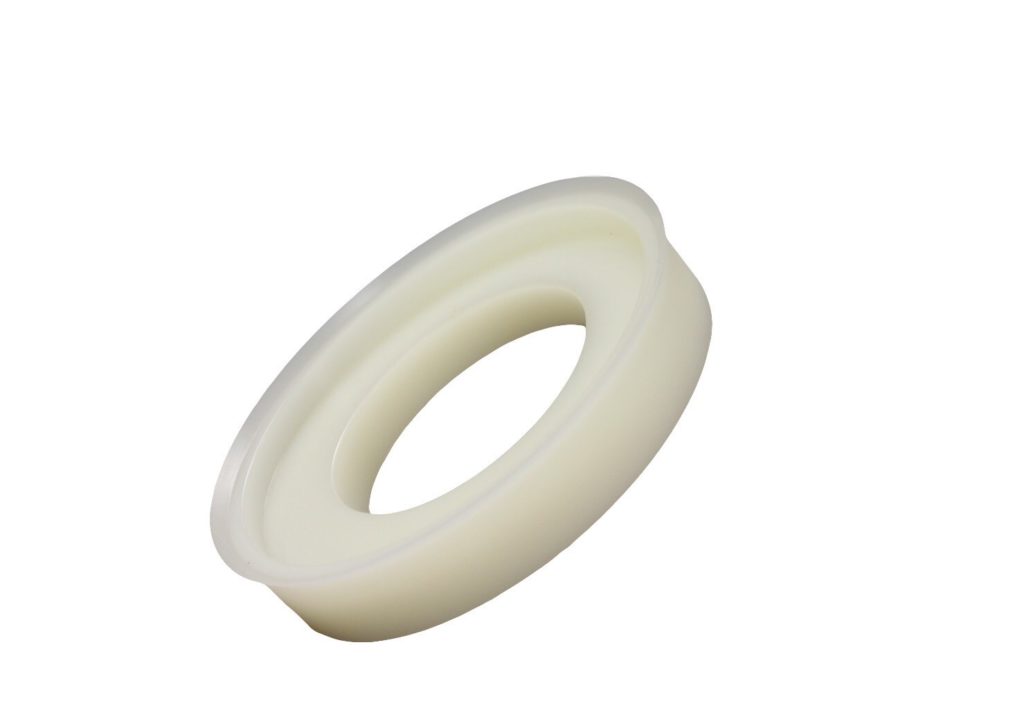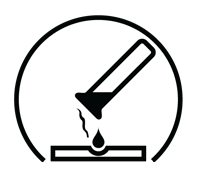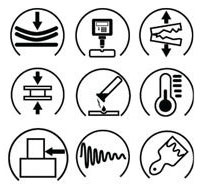
Food Grade Polyurethane
Approved by the FDA for use in components that contact food (may also be called Food Contact Material or Indirect Food Additive)
Why It Matters
You’ll find polyurethane components used throughout food processing, including in manufacturing, packing and transporting. With high abrasion resistance, polyurethane is well-suited for wear components that contact food and food packaging. For example, food grade polyurethane is used to make conveyor guides, sprockets, rollers, belt scrapers, chute liners, bumpers, and seals.
The U.S. Food and Drug Administration (FDA) ensures high safety and quality standards for materials that contact food. The FDA regulates these materials through Title 21 of the U.S. Code of Federal Regulations (21CFR).
Part 177 (Indirect Food Additives) of 21CFR addresses the use of polymers for components that contact food. It approves a limited set of food grade polyurethane formulations.
Contact us to discuss if this will work in your application.

Food Contact Specifics
We use Food Grade Polyurethane to manufacture components that are used in dry and wet food applications. We use both cast molding and injection molding methods. However, food grade polyurethane options are more limited for wet foods, and when cast molding.
21CFR, Part 177 approves a limited set of food grade urethane formulations. It distinguishes between dry and wet food applications.

Dry Food
Section 1680 addresses food grade polyurethane requirements for contact with bulk dry food. The dry food should not have free surface fats or oils (FDA Food Type VIII).
Wet Food
Section 2600 addresses food grade urethane requirements for contact with wet food. Testing is required if the component will have repeated contact with aqueous or fatty foods.
Consider More Than Just Food Contact
Matching the right food grade polyurethane to your food type is important. But to be food safe polyurethane, it is also important that the material is suited for all aspects of your application. For example, the material should be compatible with the temperatures involved in the food processing operation, as well as with the intended cleaning and sanitizing processes.



